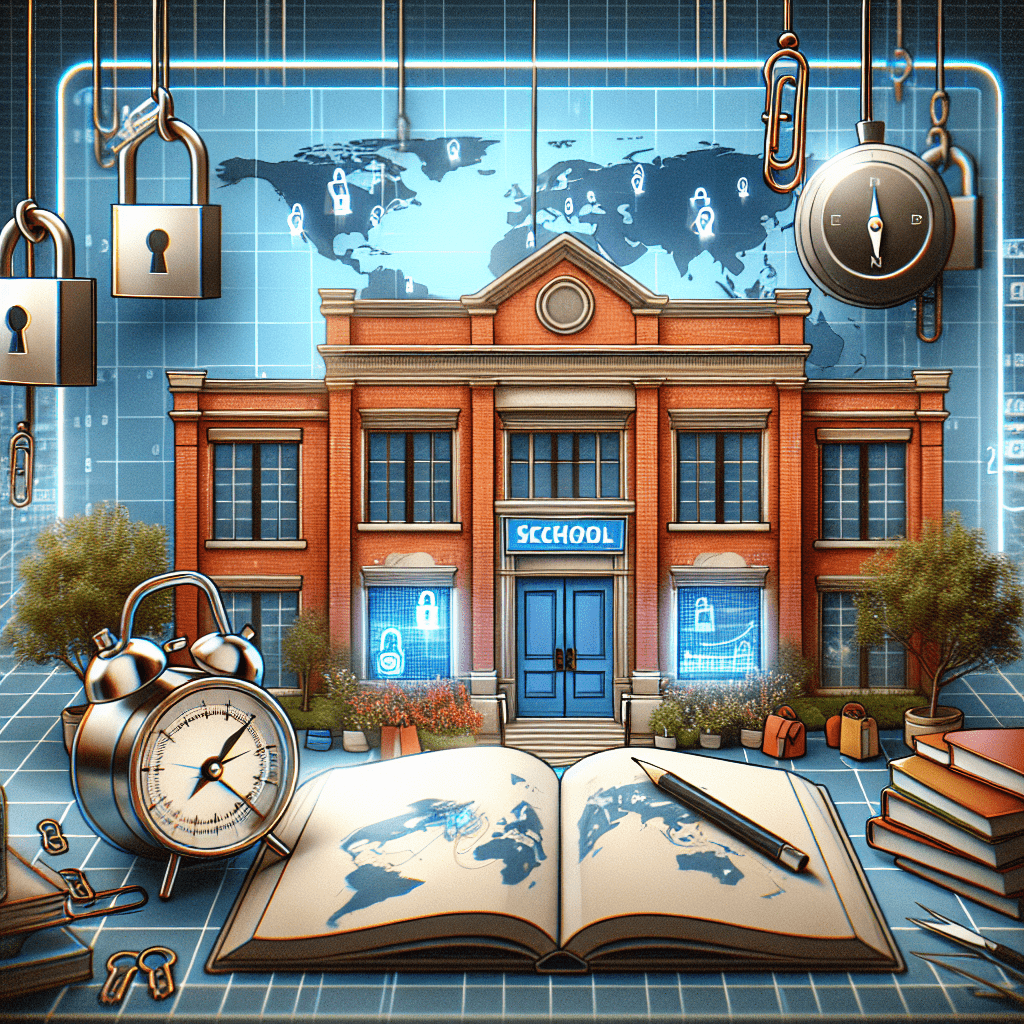Navigating the Impact of COVID-19 on Education: Challenges, Disruptions, and Lessons Learned
The COVID-19 pandemic has brought about unprecedented changes in every aspect of our lives. From the way we work and socialize to how we access education, the impact of this virus has been far-reaching and long-lasting. In particular, the education sector has faced numerous challenges and disruptions due to the pandemic. As we approach the one-year mark since the first global lockdowns, let’s take a closer look at how long COVID has impacted education.
The pandemic forced schools and universities to close their doors and shift to online learning almost overnight. This sudden shift to remote education has greatly affected students, teachers, and parents alike. While some schools were able to quickly adapt to online learning, others struggled with the lack of resources and infrastructure. This resulted in a significant disruption to the learning process and left many students without access to quality education.
Challenges Faced by Students
For students, the transition to online learning has been a major adjustment. Many students have faced challenges such as lack of access to reliable internet connection, distractions at home, and difficulty in understanding complex topics without the support of in-person teaching. The sudden shift to online exams has also caused added stress and anxiety for students, as they are now required to take exams in an unfamiliar and often less secure environment.
Moreover, the pandemic has also taken a toll on the mental health of students. The isolation and lack of social interaction has led to feelings of loneliness and anxiety. The closure of schools has also deprived students of extracurricular activities, which play a crucial role in their overall development.
Impact on Teachers
Teachers have also faced numerous challenges in adapting to online teaching. They have had to quickly learn new technology and teaching methods, often with limited resources and support. Many teachers have also had to deal with the added responsibility of caring for their own children while trying to teach their students remotely.
The pandemic has also highlighted the digital divide among teachers. While some were able to seamlessly transition to online teaching, others lacked the necessary skills and resources, resulting in unequal access to education for students.
The Role of Parents
Parents have also been greatly impacted by the pandemic’s effect on education. With schools closed, many parents have had to take on the role of educators, juggling work and their children’s education at the same time. This has been especially challenging for parents who are essential workers or have multiple children with different learning needs.
The pandemic has also highlighted the disparities in education based on socioeconomic status. Many parents cannot afford to provide their children with the necessary technology or resources for online learning, further widening the education gap.
The Future of Education
As we approach the one-year mark of the pandemic, it is clear that the impact on education will be long-lasting. While some schools have reopened for in-person learning, others continue to operate remotely. The pandemic has also raised questions about the future of education and how it will be delivered in a post-pandemic world.
While online learning has its advantages, it cannot replace the benefits of in-person education. The pandemic has highlighted the importance of investing in technology and infrastructure for schools to be better equipped to handle crises like this in the future. It has also shed light on the need for equal access to education for all students.
In conclusion, the COVID-19 pandemic has had a significant and lasting impact on education. It has highlighted the challenges faced by students, teachers, and parents, and has raised important questions about the future of education. As we continue to navigate through these uncertain times, it is crucial to prioritize the well-being and education of our students and find ways to adapt and innovate in the face of adversity.


